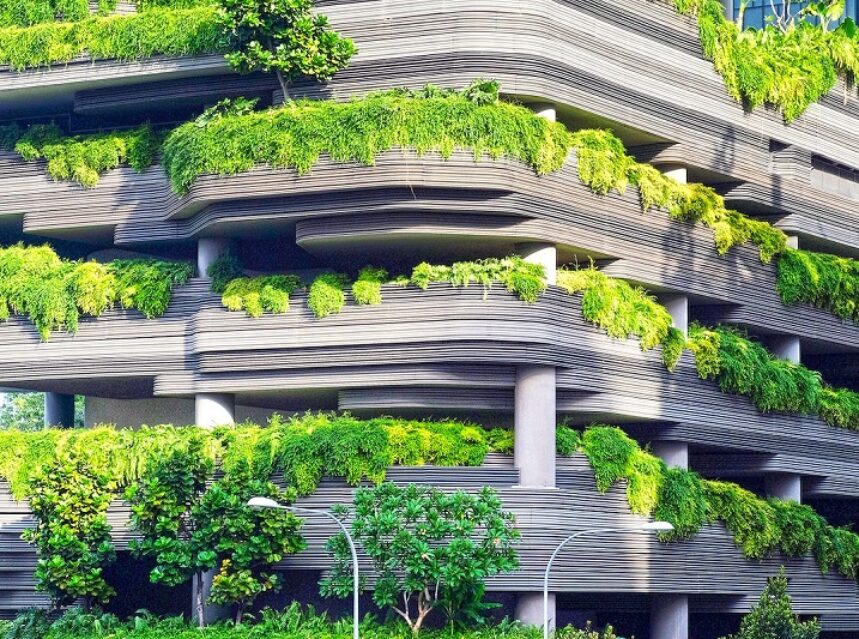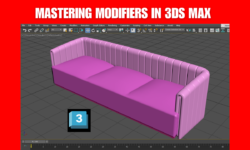Designing A Sustainable Future: 10 Powerful Roles Of AI In Green Design



The world is becoming more conscious of environmental issues, and this has led to an increased interest in green design. Green design is a design approach that considers the environment and the impact that it has on the world around us. Artificial intelligence(AI) is playing an increasingly important role in green design and is helping to improve sustainability and reduce the environmental impact of design projects. In this blog, we will explore Designing A Sustainable Future and the role of AI in green design, and how it can be used to support and enhance human-centered design while preserving its core values and principles.
1. Automated Energy – Efficiency Analysis
One of the key ways that AI is helping to improve green design is by automating energy-efficiency analysis. This means that AI algorithms can analyze a design and determine how much energy it will consume. This helps designers to optimize their designs and make them more energy-efficient.
2. Material Selection
AI can also assist with the selection of materials for a project. By analyzing the environmental impact of different materials, AI can help designers to make informed decisions about the materials they use in their designs.
3. Predictive Maintenance
Another way that AI is helping green design is by predicting maintenance needs. This means that Algorithms can analyze a design and determine when maintenance will be required. This helps designers to plan for maintenance and reduce the environmental impact of their designs.
4. 3D Printing
AI is also helping to make 3D printing more sustainable. By analyzing the design and determining the most efficient way to produce it, AI can reduce waste and minimize the environmental impact of 3D printing.
5. Automated Design Optimization
AI algorithms can also optimize designs in real-time, helping designers to make their designs more environmentally friendly. This includes things like reducing the amount of materials used and improving energy efficiency.
6. Virtual Reality and Augmented Reality
Virtual Reality (VR) and augmented Reality (AR) technologies can also be powered by AI to create more sustainable designs. By using AI to simulate designs in virtual environments, designers can test their designs and make changes before they are built. This helps to reduce waste and minimize the environmental impact of the design process.
7. Smart lighting
Smart lighting systems are also being powered by AI. These systems can adjust the lighting in a space to reduce energy consumption and improve the environmental impact of a design.
8. Sustainable Supply Chain Management
AI is also helping to improve the sustainability of supply chains. By analyzing the environmental impact of different suppliers, AI can help designers to choose suppliers that have a lower impact on the environment.
9. Waste Reduction
AI can also help designers to reduce waste by analyzing their designs and determining the most efficient way to produce them. This can include reducing the amount of materials used, optimizing production processes, and reducing the amount of energy consumed.
10. Predictive Modelling
Finally, AI can be used for predictive modeling. This means that AI algorithms can analyze data from previous projects to determine the environmental impact of future designs. This helps designers to make informed decisions about their designs and minimize their environmental impact.
FAQs
Here are some FAQs about AI in green design:
What is AI in green design?
AI in green design is the use of artificial intelligence (AI) to create more sustainable buildings, products, and infrastructure. AI can be used to optimize energy efficiency, develop new sustainable materials, and create new ways to manage waste.
What are the benefits of using AI in green design?
The use of AI in green design has a number of benefits, including :
Reduced energy consumption: AI can help to reduce energy consumption by optimizing building energy performance and developing new sustainable materials.
Improved air quality: AI can help to improve air quality by reducing emissions from buildings and developing new materials that are more effective at trapping heat.
Protected natural resources: AI can help to protect natural resources by reducing waste and developing new materials that are more sustainable.
Created a more sustainable future: AI has the potential to create a more sustainable future by helping us to reduce our reliance on fossil fuels, improve air quality, and protect our natural resources.
What is the future of AI in green design?
The future of AI in green design is bright. AI has the potential to revolutionize the way we build and live, and it can help us to create a more sustainable future. As AI technology continues to develop, we can expect to see even more innovative and effective ways to use AI in green design.
Conclusion
In conclusion, AI is playing an increasingly important role in green design. By automating energy-efficiency analysis, optimizing designs, and reducing waste, AI is helping designers to make their designs more environmentally friendly. This not only benefits the environment but also helps designers to stay competitive in an increasingly environmentally conscious world.
Here is another interesting article you can read: How AI-powered design software is making design accessible to Everyone


